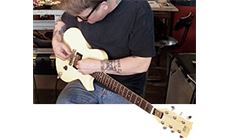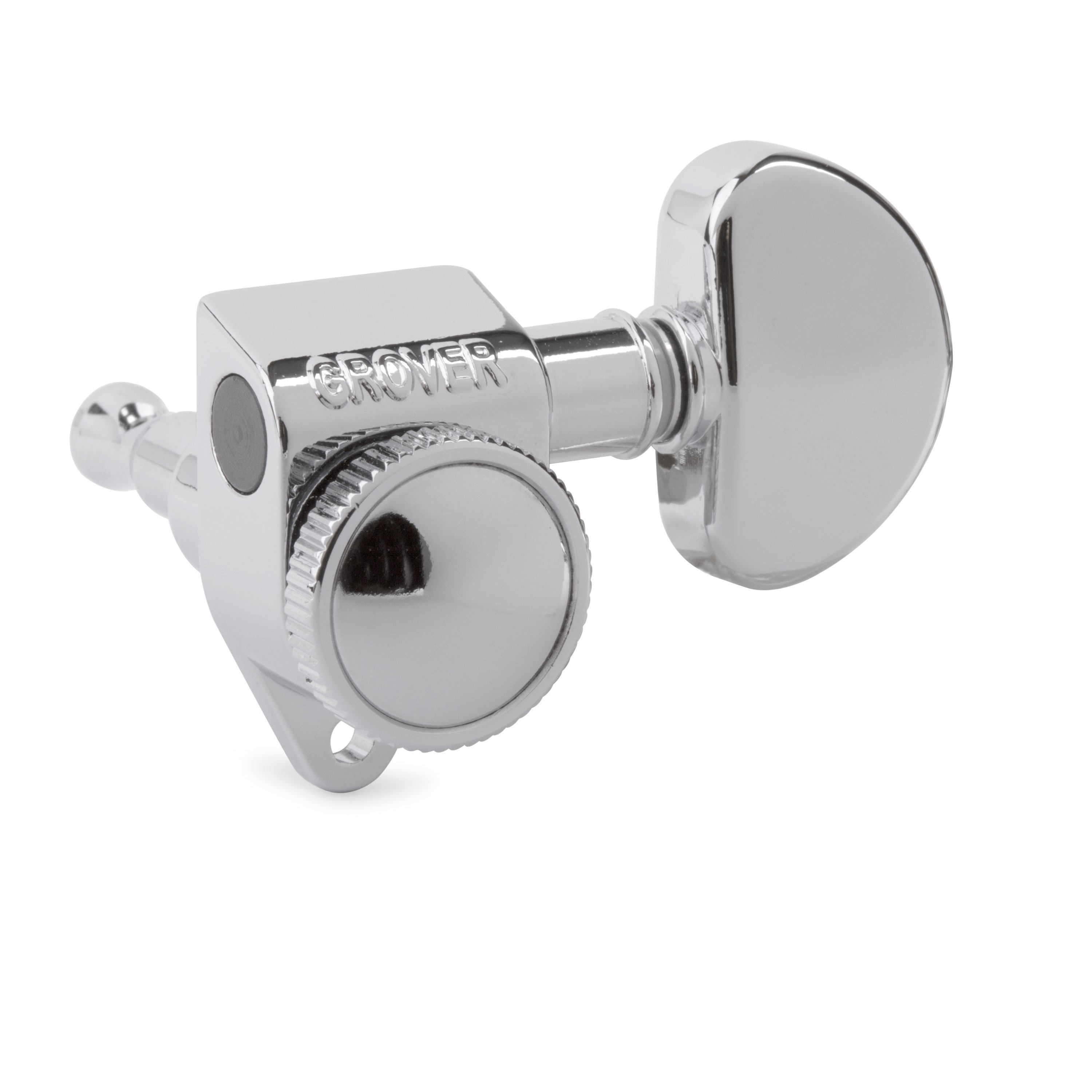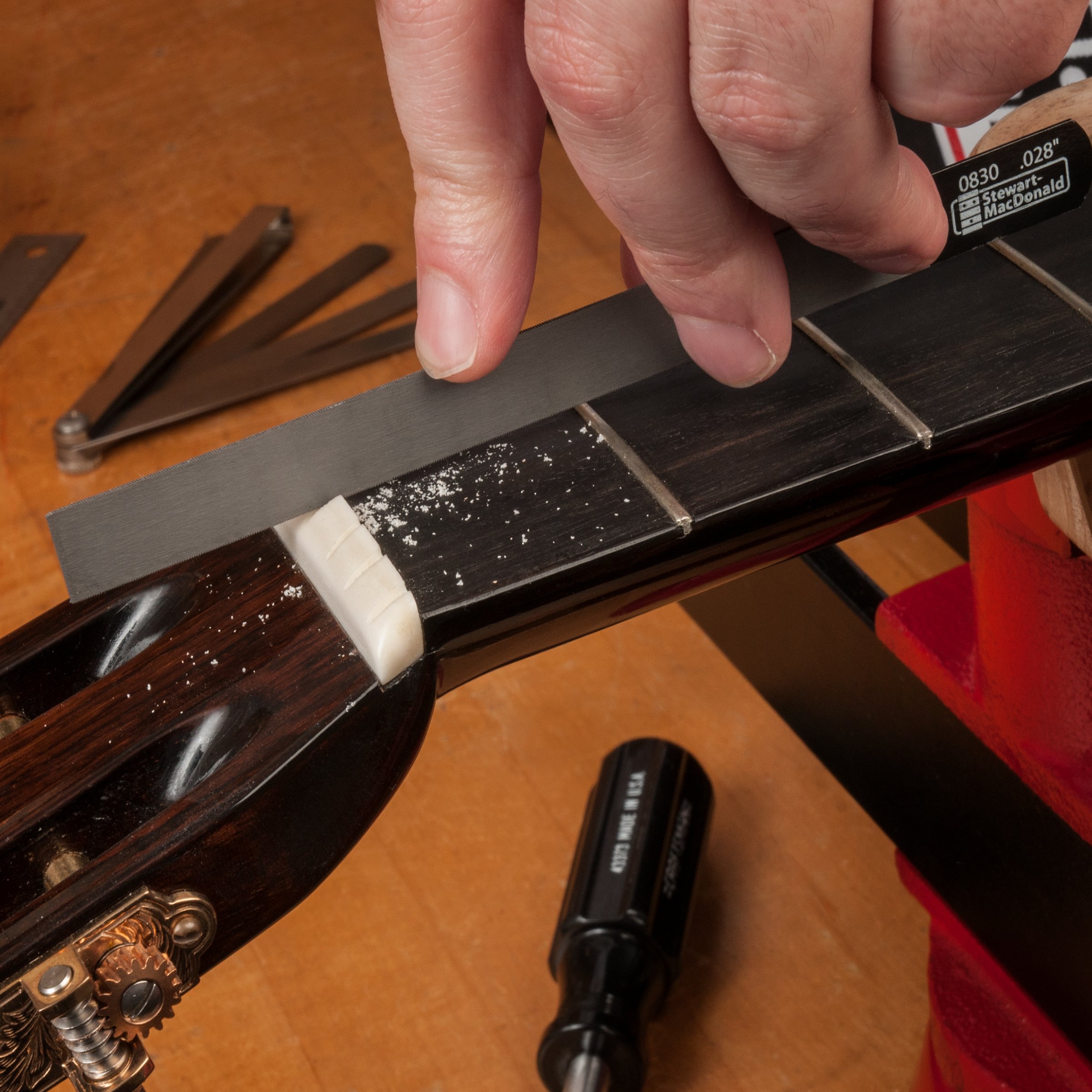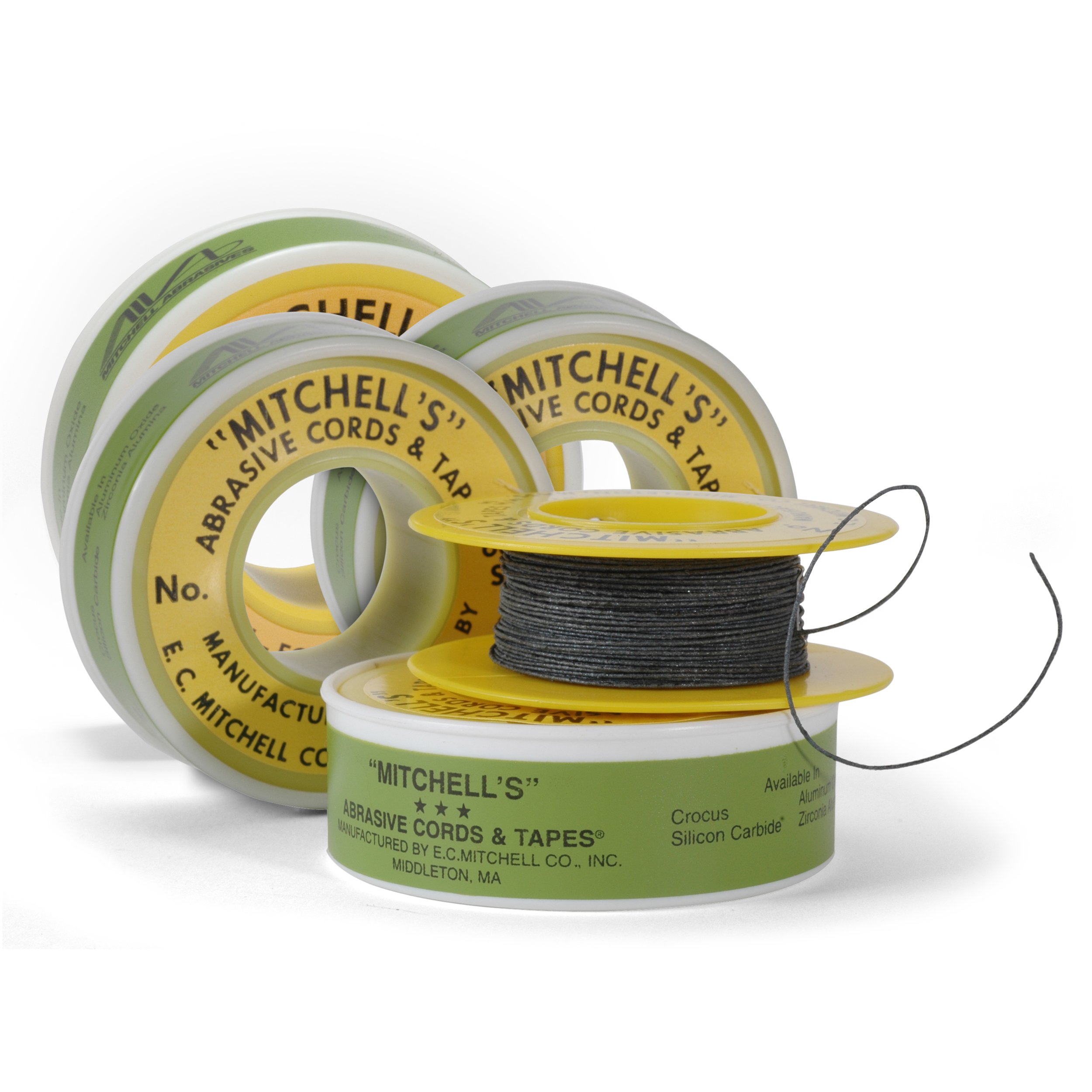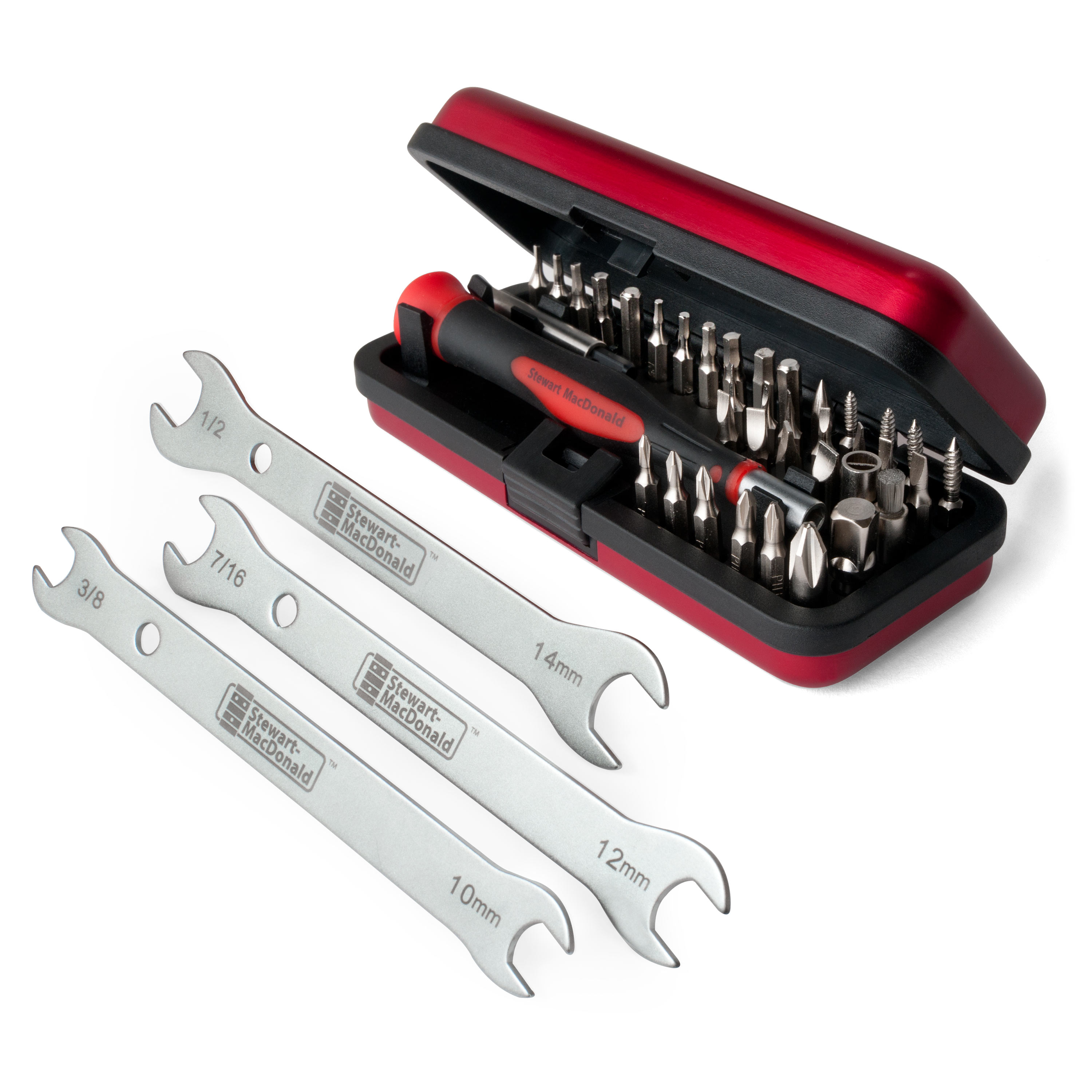Rugged and road-ready: replacing skimpy parts
2 easy fixes made this Hondo ready to rock He’ll use it as a second guitar on stage with his band Wheels on Fire. John loves it; he says it reminds him of the “TV finish” Les Paul Juniors Johnny Thunders played during his short career with the New York Dolls and The Heartbreakers. These old Hondos were budget alternatives to the big brands of the 70s. Hondo didn’t skimp on the build quality; this guitar is solid as a tank. But I think the hardware and electronics are where they cut corners. Those parts seem a little flimsy. As-is, this guitar would be fine for a player who just plucks around occasionally. But John tours the world with Wheels on Fire and he needs guitars he can depend on night after night. To make this one road-ready required beefing up two weak points: the bridge and the tuners. The thing that concerned me most was the bridge. The locations of the mounting posts seemed iffy, since the bridge had to be kicked way back on its adjustments just to get it to play in tune. Notice the completely extended adjustment screw at left. And even at this, it wouldn't intonate quite right. With the adjustment screw cranked out so far, the bridge teetered forward at an angle you can see in the photo at left. And it buzzed. We decided to replace the bridge with something more suitable. I chose the Pigtail bridge/tailpiece because it has a wider intonation range than the stock bridge. In the photos below I'm filing the saddle slots, then flossing them smooth with abrasive cord. The Pigtail bridge worked out great: the saddles adjusted back far enough for good intonation while allowing the meat of the bridge to contact the mounting posts. This gives good transfer of string vibration from the bridge to the body. I replaced the posts with TonePros locking studs to hold the bridge nice and tight, and parallel to the body. Now the bridge can be intonated, so it’s possible to really tune the guitar. But we have another tuning trouble at the other end of the strings: the old tuning machines are loose, and they slip a lot. That’ll never cut it onstage. I recommended that we swap out the original tuners for something bulletproof: Grover Rotomatics. I eased out the old tuner bushings without adding more chips to the peghead face by using a tuner bushing press. On the back of the peghead, I reamed the pegholes so they’ll fit the Grover tuners. When you’ve carefully reamed the first tuner hole to the depth that gives you a good fit, mark your reamer with a permanent marker. You can see the line I drew around the peghole reamer in the photo above. Now you can blitz through the five remaining holes without trial-and-error: ream them until your mark is flush with the surface. Check out the white depth stop on the drill bit above. It’s built onto the bit, and it prevents me from drilling my tuner mounting holes too deep, or right through the peghead. That’s a prototype of a new product we have in the works, letting you drill more holes faster, without slipups. The original electronics were replaced by the previous owner. It has a Seymour Duncan pickup, which John’s really happy with. So, “If it ain’t broke, don’t fix it.” The last step was a thorough setup, adjusting the action, intonation and height of the pickup polepieces. This guitar’s ready to rock, and I’ll be dropping it off to John at the club tonight. And here’s John onstage, loving his new old Hondo!They built this guitar rugged, but they skimped on the parts!

My pal John Garris got a good deal on this super cool Hondo from the 1970s.

Weak parts on a strong guitar
Problem 1: misplaced bridge



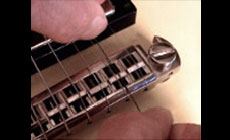
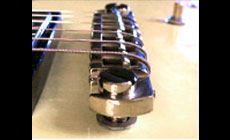
Now for Problem 2: sloppy tuners
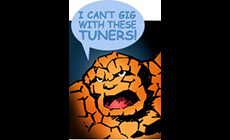




Here’s a tip:
Depth-stop bit:

